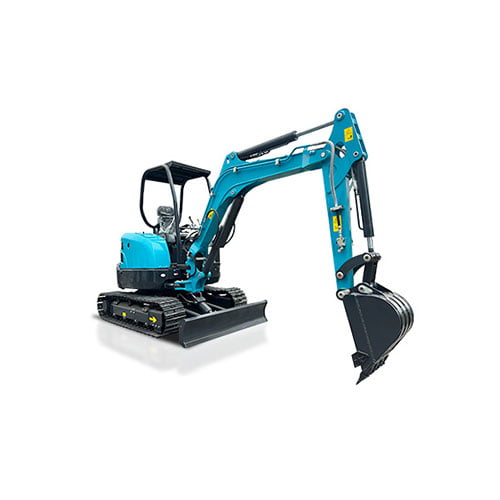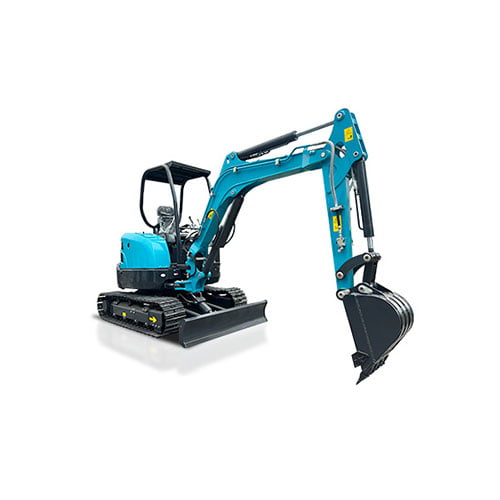Bienvenido a mi blog
Estoy encantada de tenerte aquí. Antes de sumergirnos en el contenido, me encantaría que te unieras a mí en mis plataformas de medios sociales. En ellas comparto mis ideas, me relaciono con una comunidad increíble y te mantengo al día de las últimas novedades. Aquí tienes cómo mantenerte conectado:
📘 Facebook: Conéctate conmigo en Facebook
🔗 LinkedIn: Sígame en LinkedIn
▶️ YouTube: Canal de fabricantes de tractores,Canal de fabricantes de excavadoras
🎥 TikTok: Fabricante de tractores,Fabricante de excavadoras
Emprendamos juntos este viaje. Espero que encuentres el contenido interesante, atractivo y, lo más importante, valioso. Exploremos, aprendamos y crezcamos.
Índice
Introducción
In the world of gambling and competitive games, the phrase “taking a rastrillo” holds significant importance. If you’ve ever sat at a poker table or browsed online gambling platforms, you’ve probably come across the term. But what is taking a rake, really? This blog post dives deep into the practice, breaking it down with clarity and real-world relevance. Whether you’re a casual player, a professional gambler, or someone interested in the economics of gaming, understanding what is taking a rake can change how you perceive the business side of games.
NO 1. What Is Taking a Rastrillo in Simple Terms?

When players ask what is taking a rake, the simplest answer is that it’s the house’s way of earning revenue from games where players compete against each other. In card games like poker, the casino or game host doesn’t participate in the game as a player. Instead of relying on winning hands, they profit by taking a portion of the pot—this is called the rake.
Taking a rake ensures that game operators can cover operational costs such as dealer salaries, equipment, digital infrastructure (for online platforms), and even marketing expenses. Without the rake, most poker rooms or online platforms wouldn’t be able to remain profitable.
Let’s look at the three most common ways the rake is collected:
- Pot rake: A percentage of each pot is taken.
- Time rake: A set fee taken at regular intervals.
- Tournament fees: A percentage added to entry fees.
NO 2. Historical Origins and Why It Matters
To fully understand what is taking a rake, it’s helpful to look back at its historical development. The concept of taking a portion of the winnings as a fee can be traced back to early gambling houses in Europe and underground card rooms in the United States. Even before poker was formalized in casinos, game organizers would extract a small fee to cover the cost of hosting the game and to earn a living.
The tradition of taking a rake evolved as gambling became more organized and legal. In modern casinos, taking a rake is now standardized, regulated, and often posted clearly at the tables. Online poker rooms have also adopted the practice, incorporating rake systems into their software logic.
Understanding what is taking a rake matters not only from a historical standpoint but also from a player’s perspective. When players are aware of how the house profits, they can make more strategic decisions about when, where, and how to play. Moreover, knowledge of rake structures helps players assess the fairness and sustainability of a platform. A high rake percentage can erode winnings over time, even for highly skilled players.
So, the next time you’re at a table or on an app, remembering what is taking a rake can help you evaluate whether the game is worth your investment.
NO 3. How Rastrillo Affects Your Bottom Line
Many casual players overlook how rake influences profitability. Knowing what is taking a rake becomes essential when assessing your performance. Let’s say you’re winning consistently—are you factoring in the amount lost to rake?
Here’s a sample breakdown to illustrate this:
| Game Type | Average Rake | Impact on Profits |
|---|---|---|
| $1/$2 Cash Poker | 5% per pot | Reduces small wins significantly |
| Online Tournament | 10% entry fee | Affects ROI on lower prize pools |
| Private Game | Fixed fee | Flat expense, easier to manage |
Even a small rake can reduce your profits substantially over hundreds of hands. That’s why professionals look for “rake-friendly” environments.
NO 4. Rastrillo Structures: Not All Are Created Equal


There are multiple rake structures depending on the venue or platform. Each type has different pros and cons.
- Capped Rake: Limits the amount the house can take per hand. Great for high-stakes players who play large pots.
- Uncapped Rake: More common in home or unregulated games—can become unfair quickly.
- Time-Based Rake: Ideal for fast-paced players who prefer predictable expenses.
Online platforms may also introduce additional complexities, such as loyalty point deductions or jackpot drop contributions, further impacting your bottom line. Understanding what is taking a rake helps players decide which games are worth their time.
NO 5. Ethical Concerns and Industry Criticism
As the poker community has become more aware of game economics, discussions about fairness and transparency have grown. While asking what is taking a rake is important, it’s equally important to consider whether the rake is being applied ethically.
One concern is the lack of clarity in some private or unregulated games. Players may not be told exactly how much is being raked, or the amount taken may be inconsistent. In extreme cases, the rake can be so high that it becomes mathematically impossible for anyone to win in the long run.
Another issue is legality. In some jurisdictions, taking a rake without a gambling license is considered illegal. This becomes especially problematic in home games or online poker clubs that operate without oversight. In such cases, the question isn’t just what is taking a rake—it’s whether the rake is even lawful.
Reputable casinos and poker sites address these concerns by posting clear rake policies, adhering to local laws, and offering player support for clarification. This transparency is crucial for maintaining trust and encouraging fair competition.
NO 6. Alternatives to Traditional Rastrillo Systems
With evolving player preferences and rising competition among gaming providers, alternatives to the traditional rake model have started to emerge.
Rake-Free Poker
Some new online poker platforms advertise “rake-free” gameplay. Instead of taking a commission per hand, they charge a monthly membership or a flat rate to access tables.
Pros:
- Clear upfront costs
- Better for frequent players
Contras:
- Not ideal for casual or infrequent players
- May attract stronger competition
These innovations change the traditional understanding of what is taking a rake, making it more transparent and flexible for players.
NO 7. What Is Taking a Rastrillo and How to Use It to Your Advantage

Rather than seeing the rake as an unavoidable burden, savvy players can use their knowledge of what is taking a rake to gain a competitive edge.
Here are a few strategies:
- Choose tables with low or capped rake percentages
- Prefer platforms that offer rakeback or loyalty rewards
- Avoid low-stakes games with high rake-to-pot ratios
- Play in tournaments with low entry fees and transparent rake distribution
Players should also consider adjusting their style based on the rake environment. For example, in high-rake games, it’s wise to avoid speculative plays where the margin for profit is thin. In contrast, low-rake environments allow for more flexible and experimental strategies.
Professional players often use software to track total rake paid and analyze their win rates net of rake. This gives them a realistic view of their performance and helps them stay profitable long-term.
By understanding what is taking a rake and incorporating that knowledge into your playing strategy, you can improve your returns, choose better games, and stay ahead of less-informed opponents.ysis.
Conclusión
Understanding what is taking a rake is essential for any player serious about improving their gameplay, managing risk, and maximizing profitability. While the rake is a necessary aspect of hosting poker and card games, its impact on your long-term performance can’t be ignored.
From evaluating game profitability to understanding legal frameworks, learning what is taking a rake gives you more control. This knowledge not only helps you play smarter but also allows you to choose platforms and games that align with your strategic goals.
PREGUNTAS FRECUENTES
What is taking a rastrillo in poker?
Taking a rake is when the house or host collects a percentage of the pot or a flat fee for facilitating the game.
How much rastrillo is too much?
This depends on the game and stakes, but anything above 5% per hand in cash games is often considered high and potentially unprofitable over time.
Is taking a rastrillo legal?
Yes, but only if the operator is licensed. In some jurisdictions, taking a rake in private or unlicensed games is illegal.
Can you avoid rastrillo altogether?
Some platforms offer rake-free options, usually requiring a subscription or membership. These may benefit frequent or high-volume players.
Why does understanding what is taking a rastrillo matter?
Knowing how rake affects your wins and losses helps you make better decisions on game selection, bankroll management, and overall strategy.




